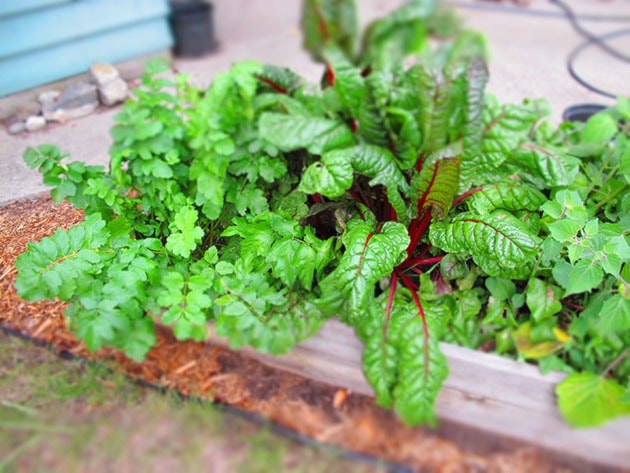As promised in my previous column, this one is about making your own soil. This is advantageous as you know exactly what’s in it. You can make nutrient-rich, weed-free soil that will produce excellent results. Lasagne gardening is a relatively cheap and easy way to make a new raised bed of good soil and consists of layering the same materials you might use in a compost, in the place where you want to create the new bed.
